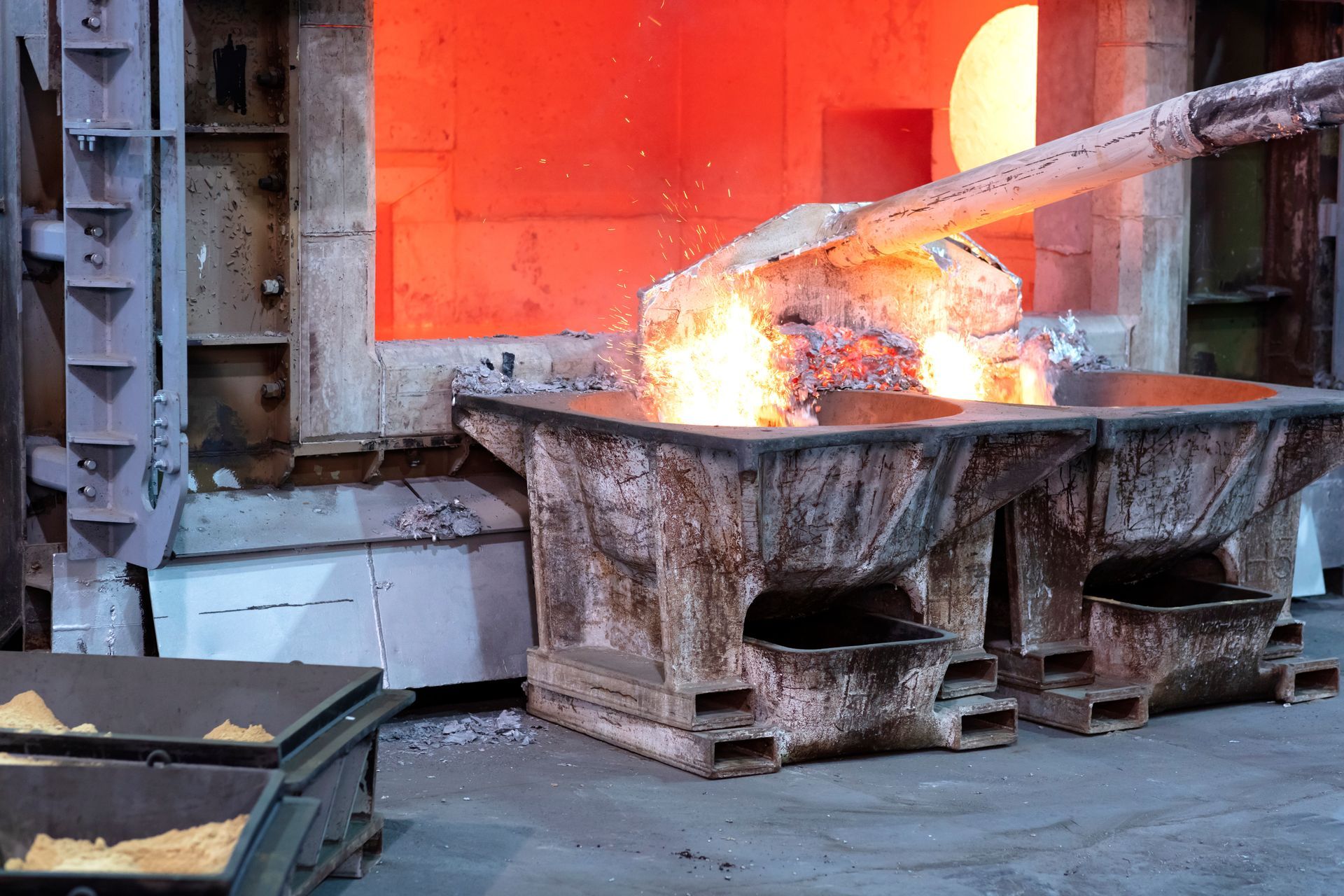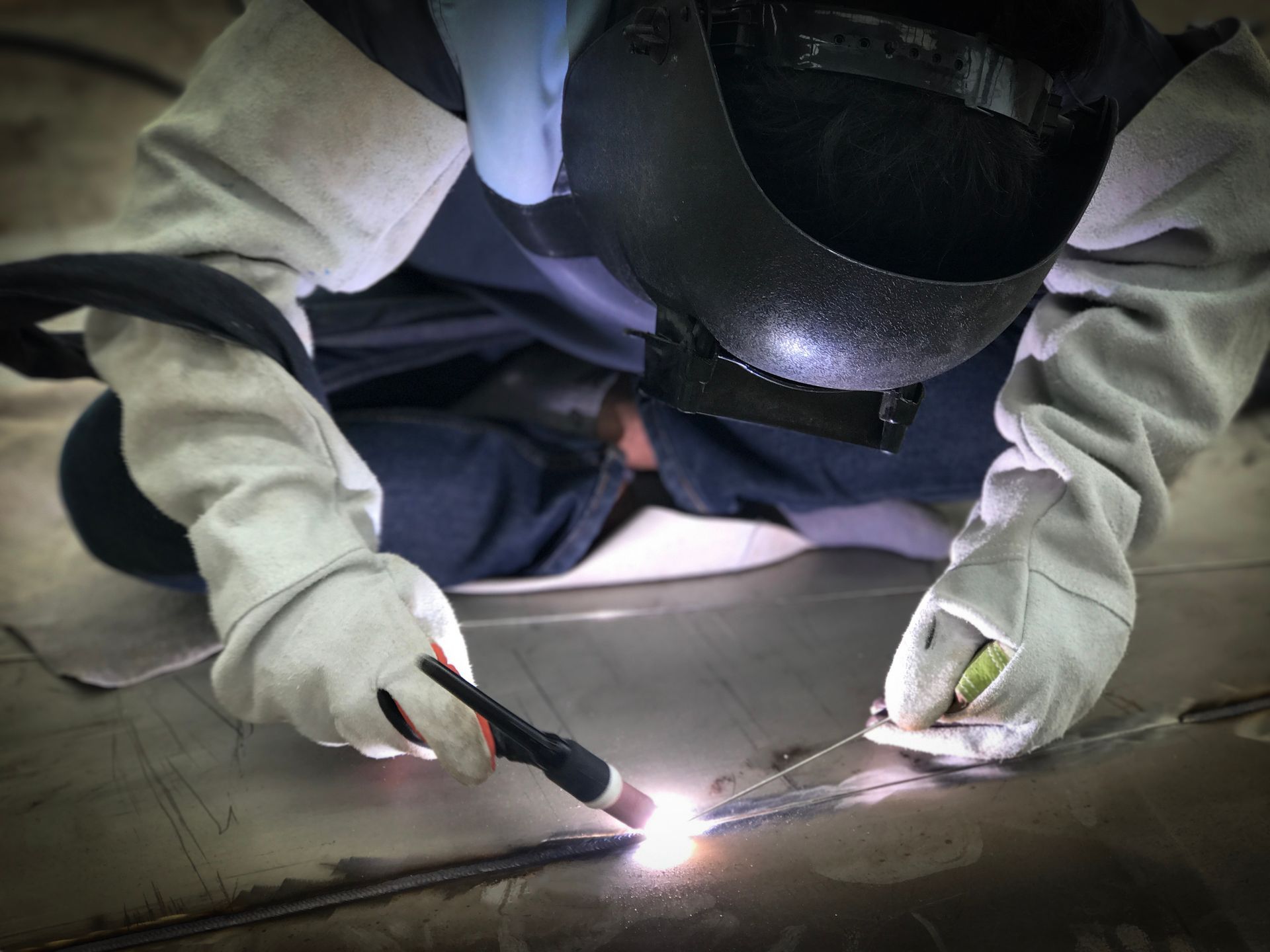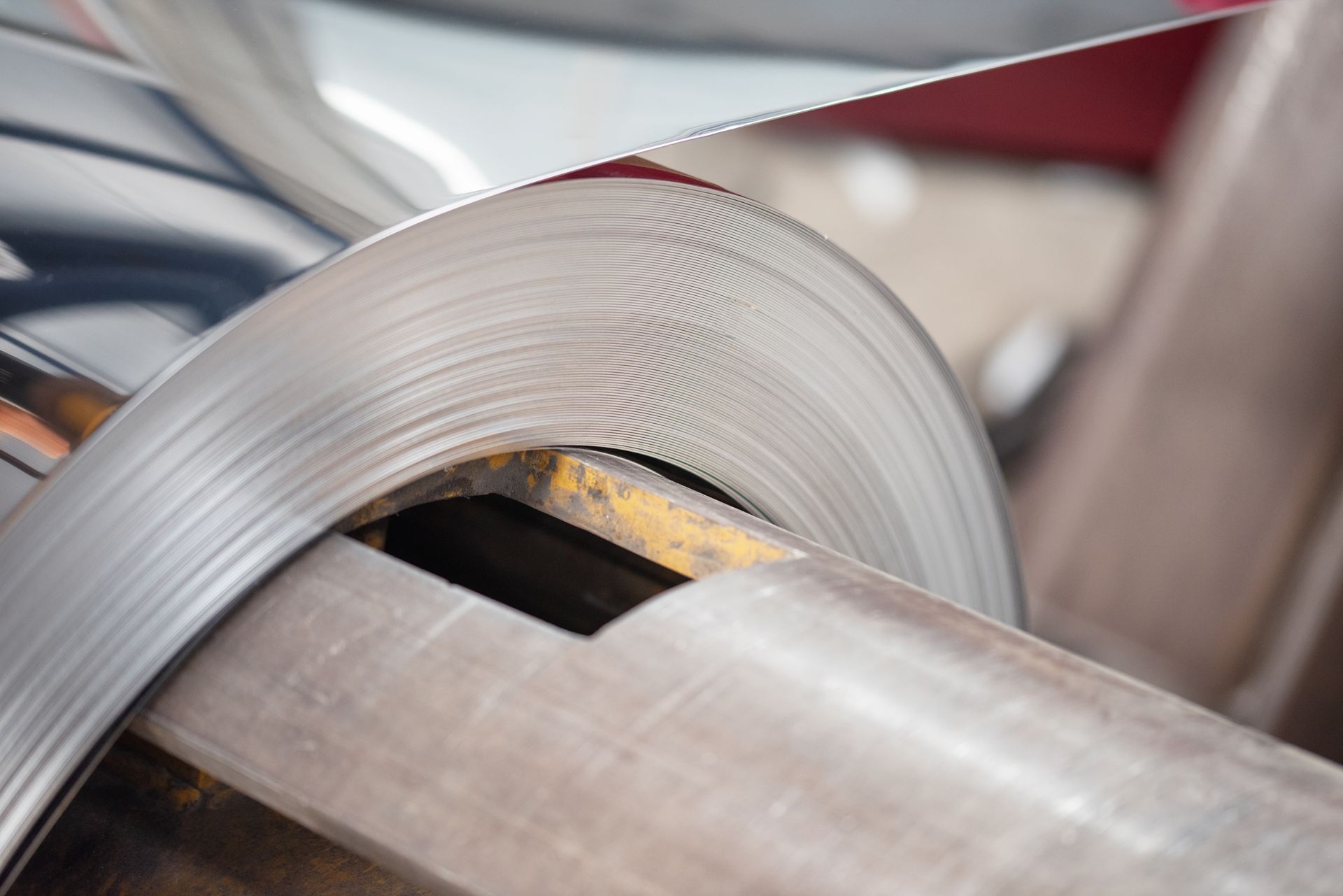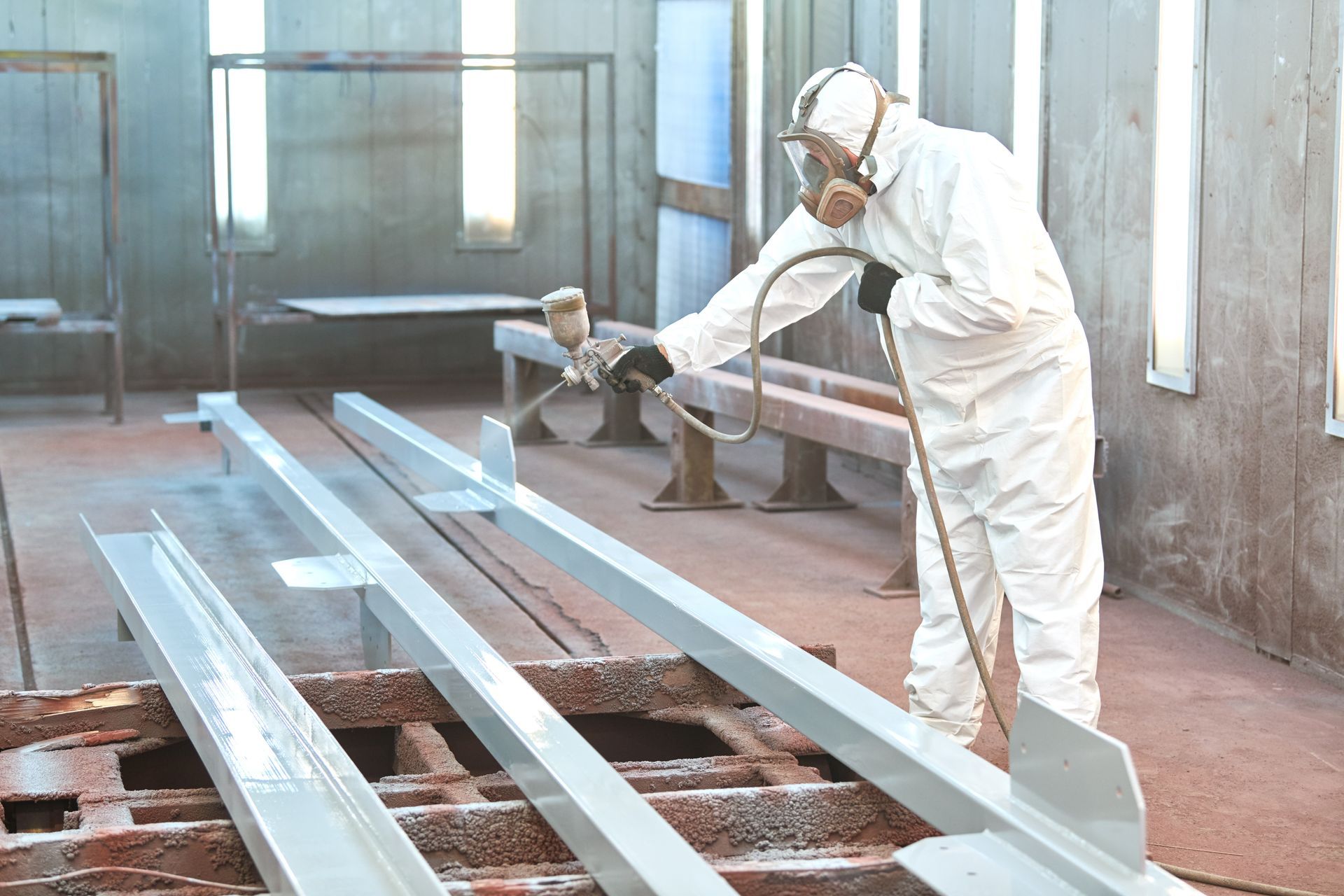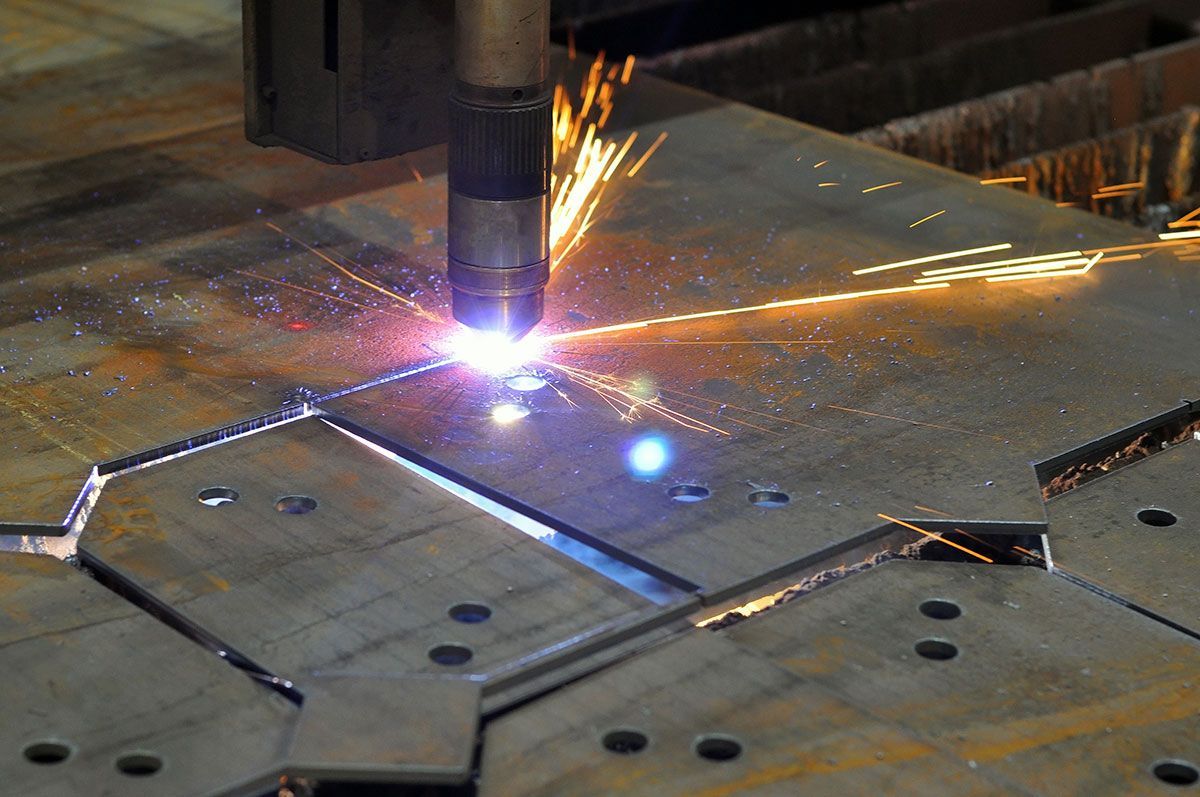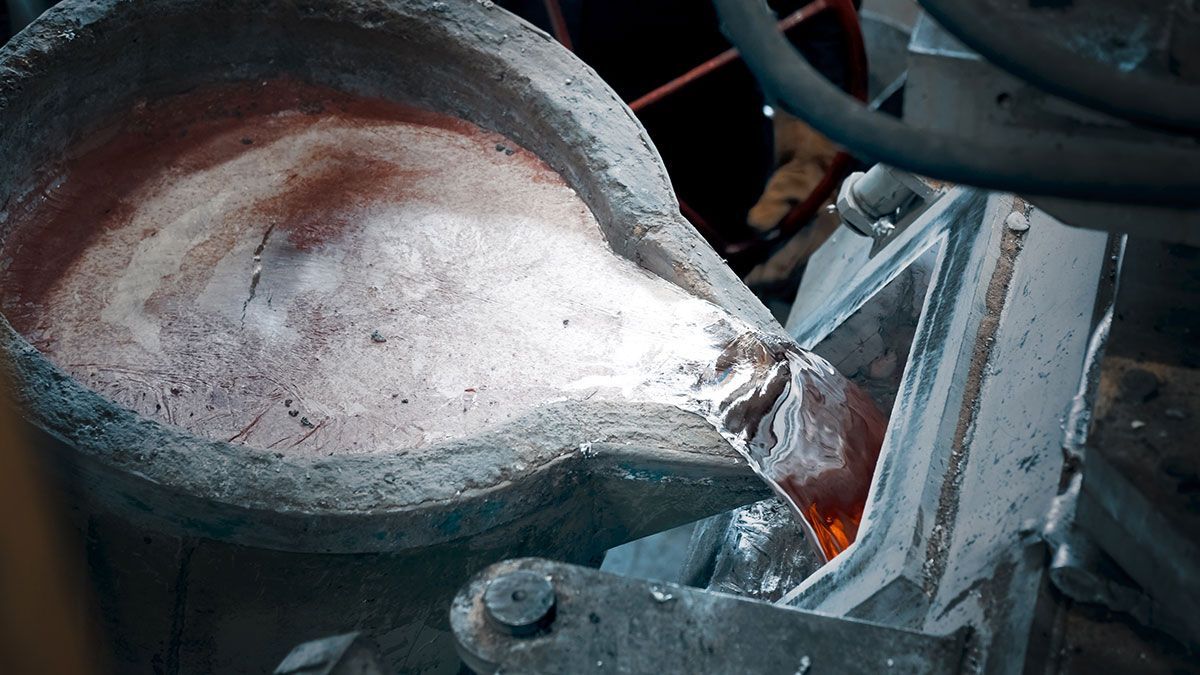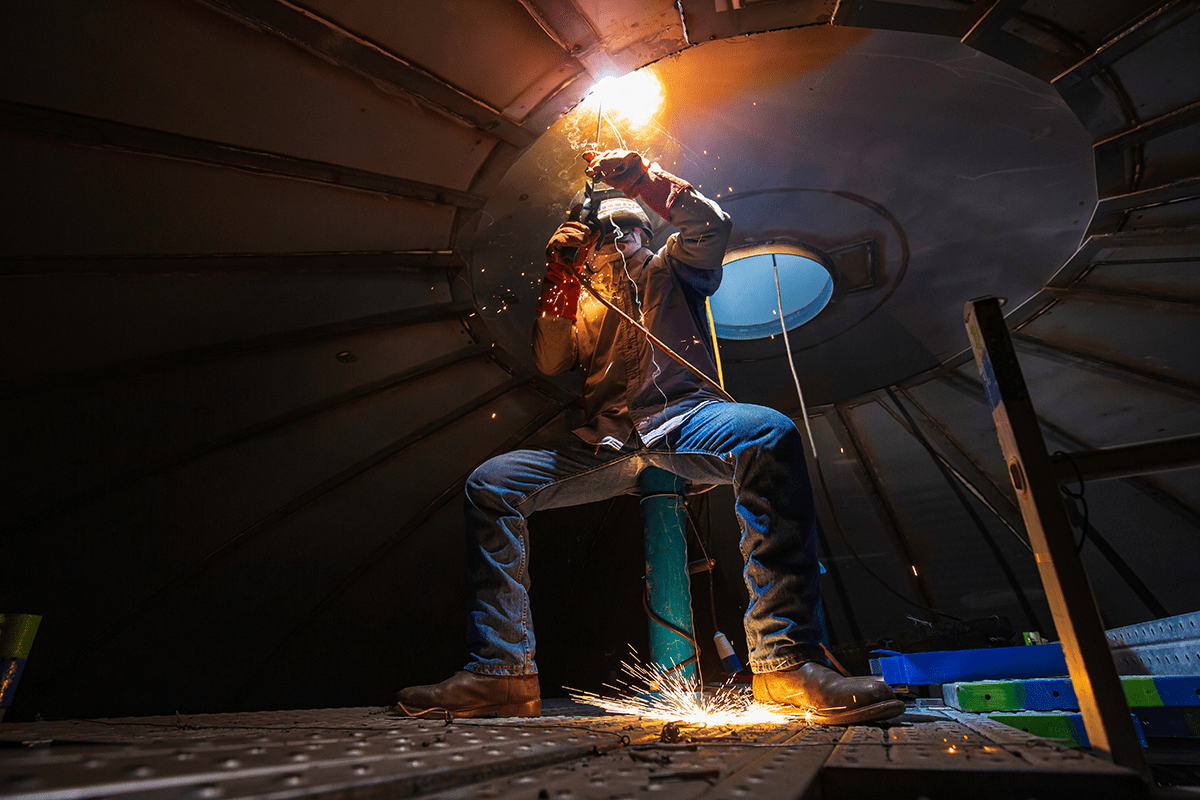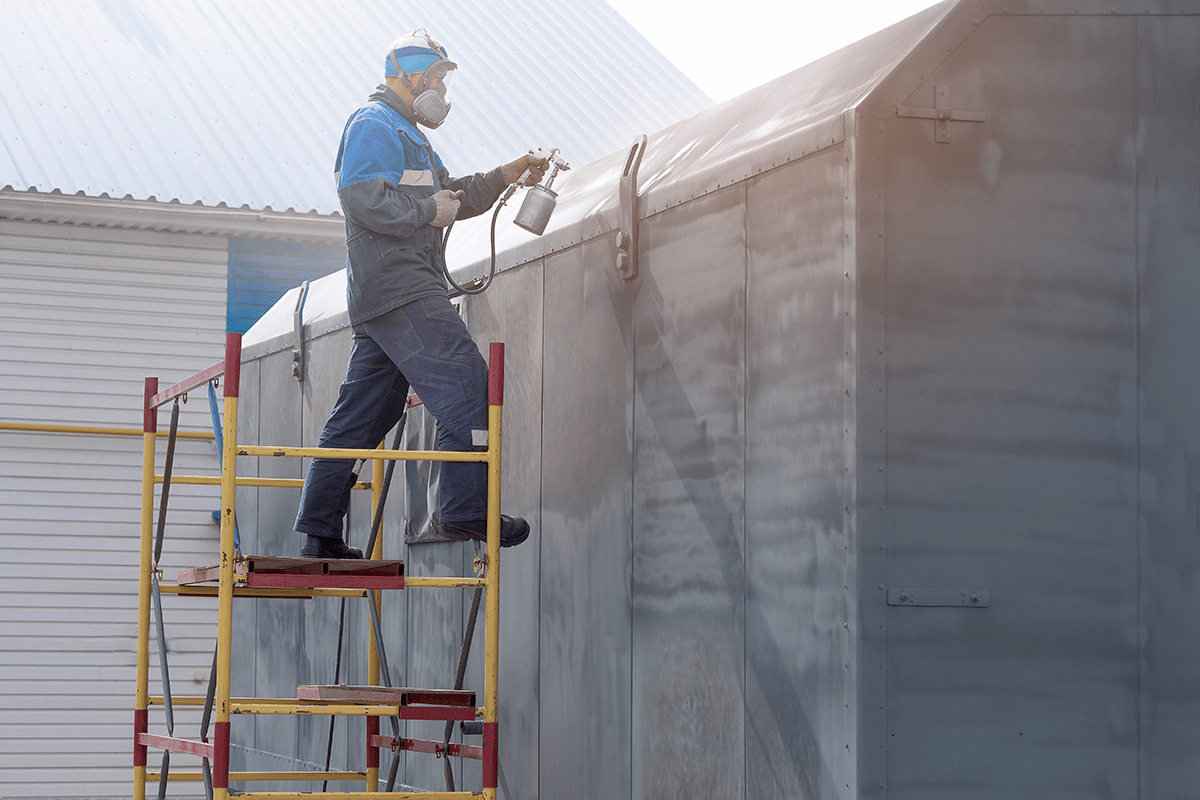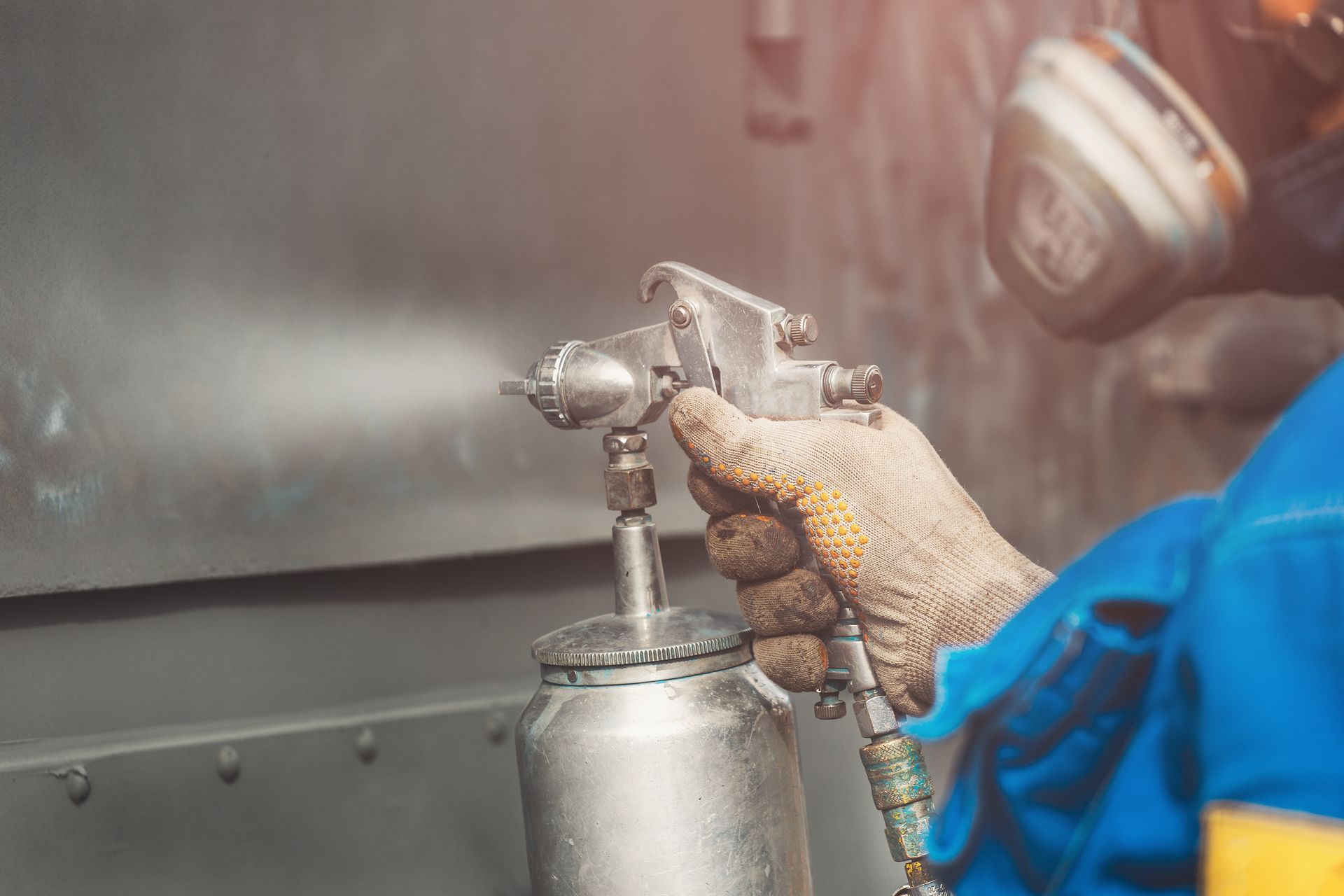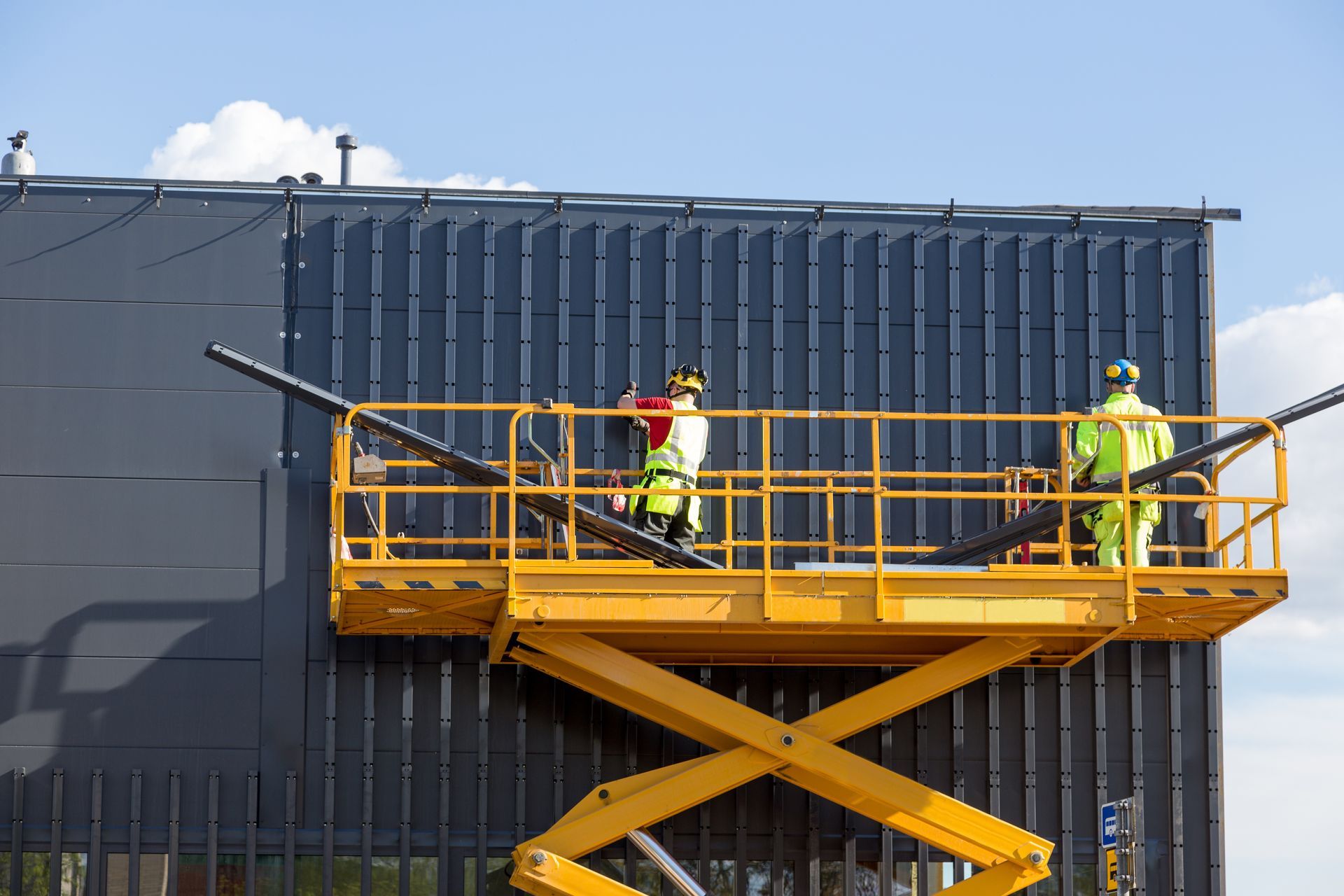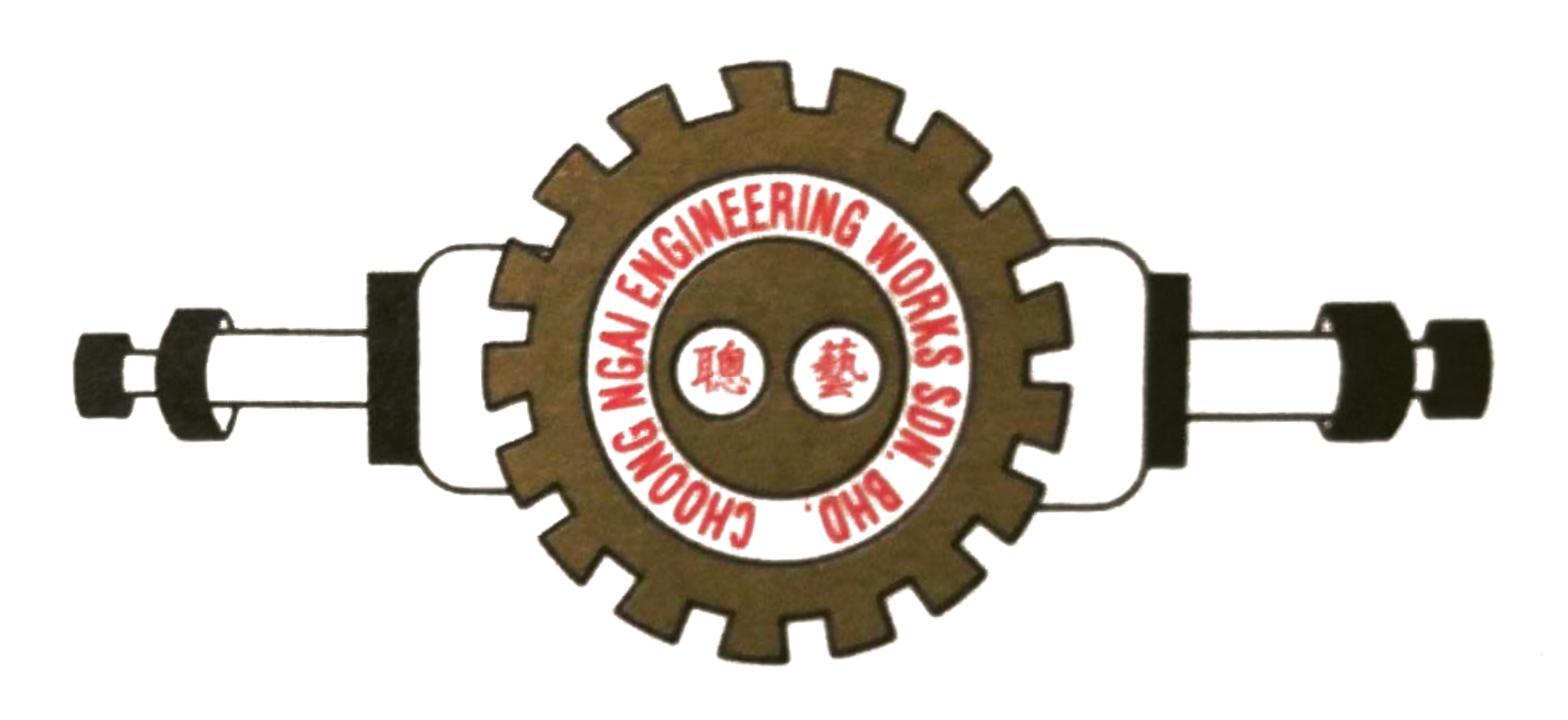Powder vs Liquid Coating: What Are The Differences?
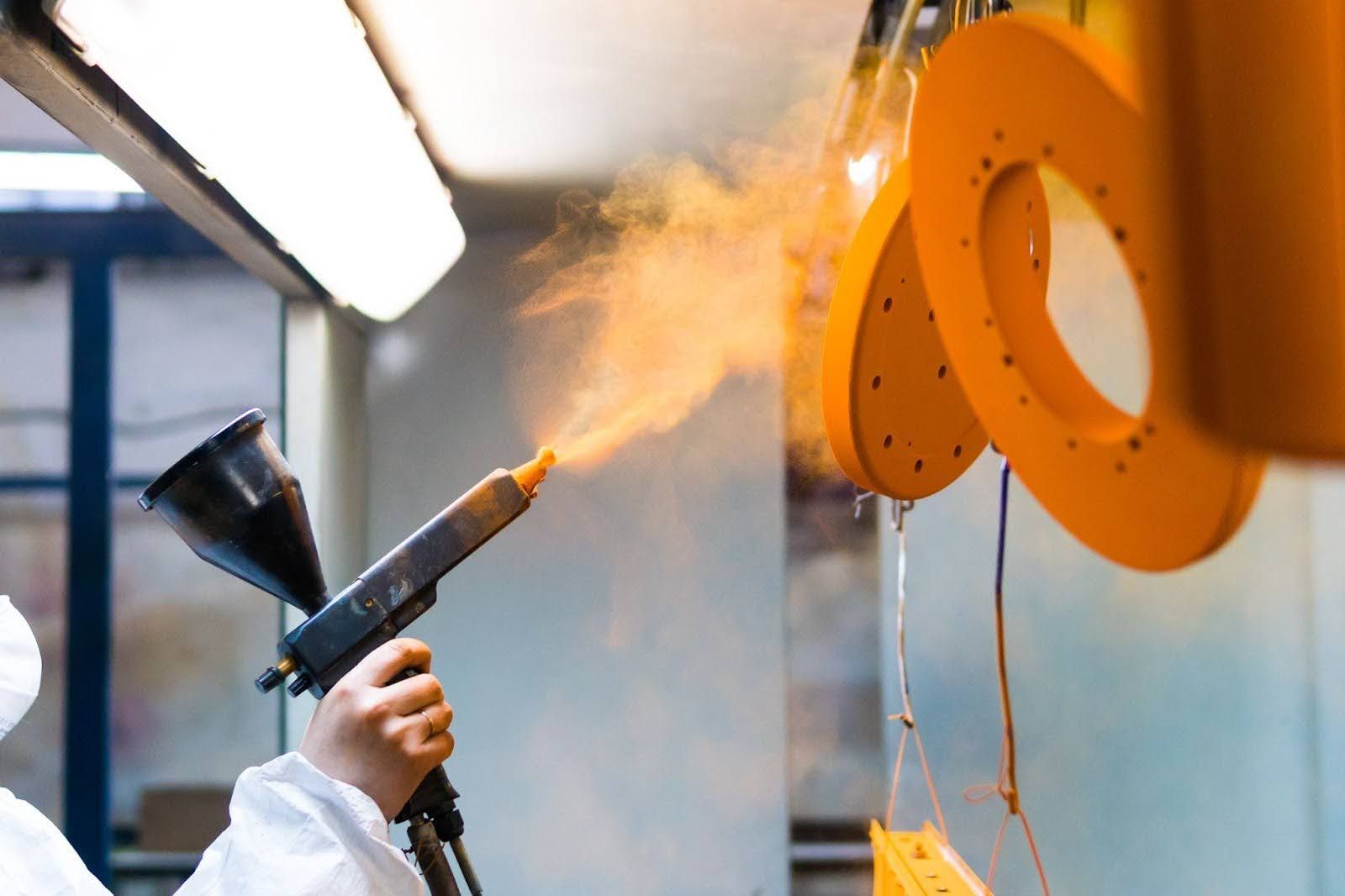
Powder coating versus liquid coating is an important consideration when it comes to equipping surfaces with their finishing touches. Every technique has its own special characteristics, uses, and results, making it a universe unto itself. In this piece, we take a deep dive into the fields of liquid and powder coating and identify the key differences between them.
There is a distinct impression created by each method, from the whirling of powder particles to the careful dripping of liquid paint. It is crucial to understand these distinctions in order to get the ideal finish, whether for visual appeal, longevity, or practicality.
What Is Powder Coating?
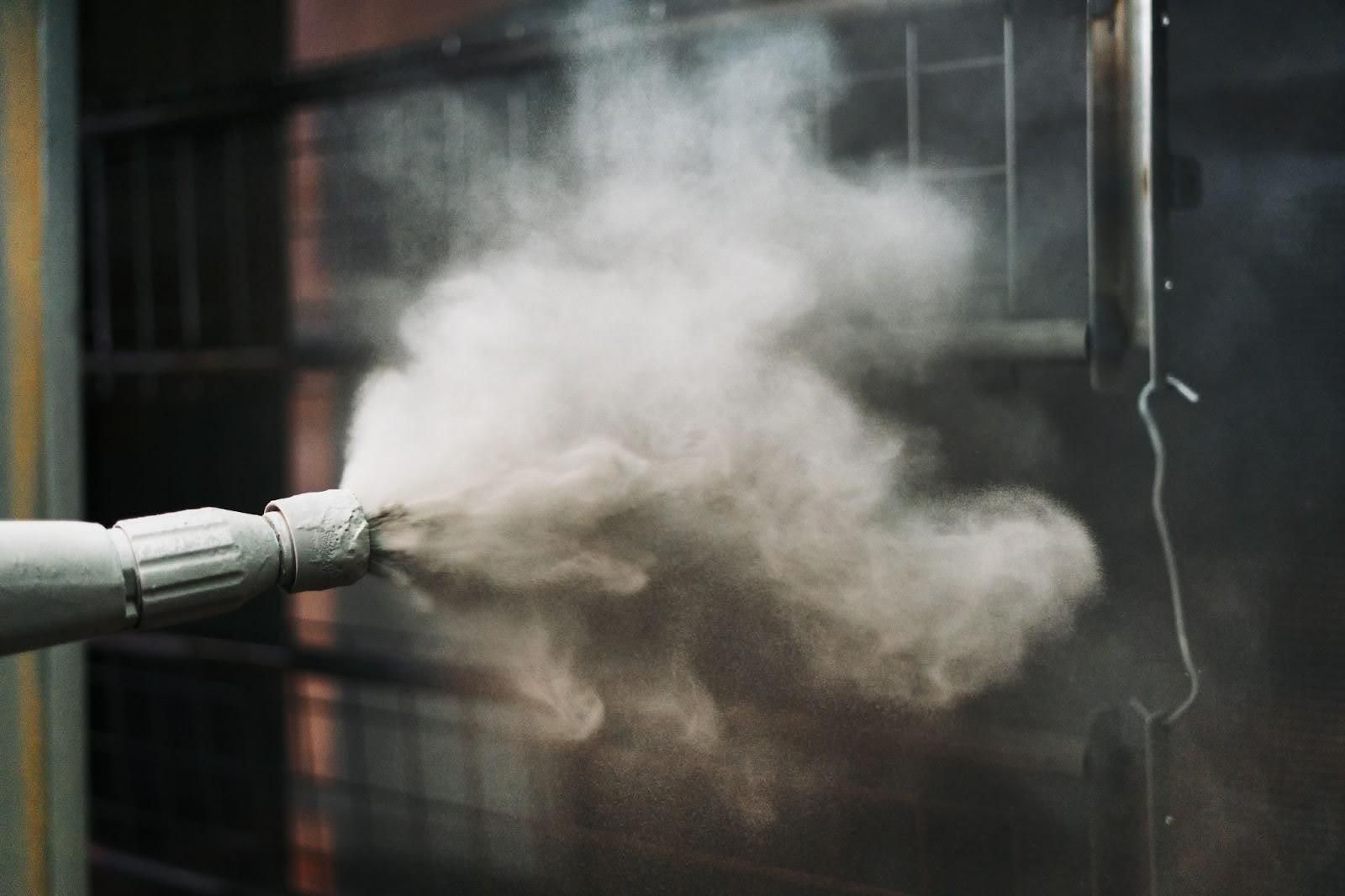
Powder coating is a dry finishing approach that can be applied to various surfaces, mainly sheet metal, plastic, and ceramic, to create an appealing and protective layer of paint or coating material. Within this method, an electrostatically charged fine powder is sprayed onto the surface that needs to be covered.
Following the application of an electrostatic charge that causes the powder particles to stick to the surface, the coated object is heated, usually in an oven. When heated, the powder particles melt and combine into a uniform, long-lasting protection. Typically, powders have minimal or no volatile organic compounds (VOCs).
Powder coatings that have been given enough time to set properly can provide excellent resistance to the following:
- Corrosion
- Chipping
- UV radiation
As a result, powder coatings are frequently sought after to coat metal objects, such as sheet metal, intended for outdoor use.
What Is Liquid Coating?
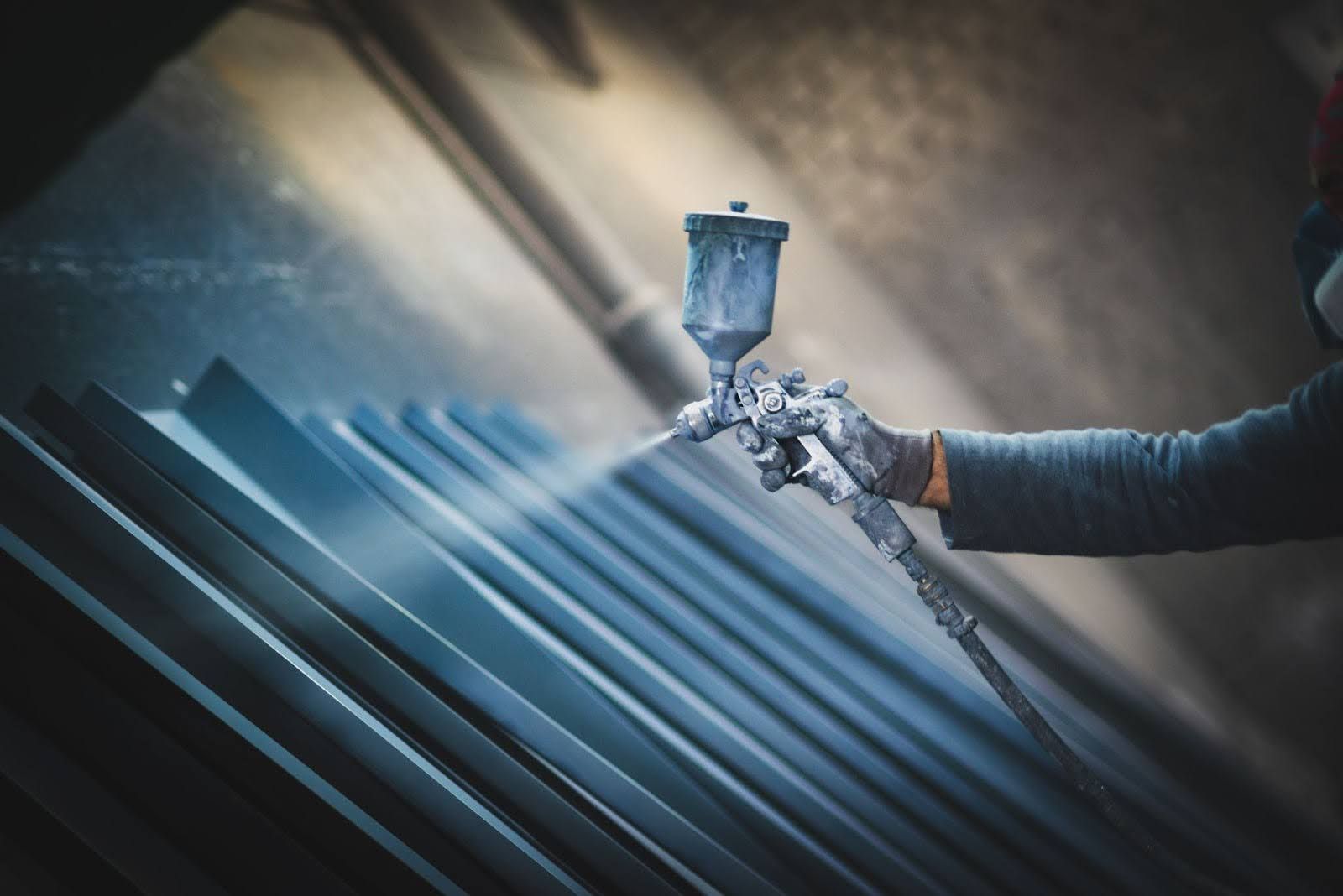
Liquid coating, sometimes known as wet coating, is a method of applying a protective or decorative finish to various surfaces, including metal, wood, plastic, and others. When applying liquid coating, liquid paint or coating components are used instead of powder coating, which employs a dry powder. Depending on the finish and the needs of the product, these materials are usually either solvent- or water-based.
Due to the versatility and adaptability of liquid coating, it is used extensively across many industries for various applications. Some of the major sectors that use liquid coating frequently include the following:
- Sheet metal fabrication
- Automobile
- Furniture manufacturers
- Architectural
- Construction
The Differences Between Both
The field of coating technology has diversified, with two leading players being powder coating and liquid coating. Every technique offers unique qualities, benefits, and drawbacks to the final product. This section will examine the distinctions between powder and liquid coating.
Cure Duration
One of the advantages of a dry powder coating is that it cures significantly faster. That being said, the powder will require extra time if the application is for a thick substrate. Additionally, the procedure must be carried out at 180 degrees. If not, the coating cannot dry at room temperature.
The polyurethane fluid used in liquid powder coatings can dry at room temperature. However, curing in an oven at 113 degrees Celcius may be necessary in certain applications. It requires more cure time than powdered powder, but it's suitable for a wide variety of applications.
Colour Choices
A drawback of the dry paint method is that it is harder to achieve distinctive colours than liquid paint. Manufacturers make the powder in minimal quantities. Each product is designed according to requirements that preserve the material's desirable qualities.
When it comes to aesthetics, liquid coatings are better than powder since they offer more options. Keep in mind that combining a variety of colours is far simpler without the use of electrostatic procedures. Others include paints that glow in the dark, which are used by businesses to make roads safer.
Thickness Of Film Coating
When thick coatings are required, dry powder is the best option. However, it can be difficult when thin paint layers are necessary. The primary issue is that the application process makes it more difficult to change the speed while applying.
A spray gun can be used to apply a liquid powder coating. By painting with thinner coats, you can save cost on paint and paint supplies. However, experts believe that dry paints work better when a thick paint layer is required.
Which To Choose?
By recognising the variations between these two coating techniques and their benefits, you can make an informed decision that aligns with your goals. While evaluating the options, take into account the material you plan to coat, the intended application, the desired aesthetics, and any environmental considerations. Doing so guarantees that the option you settle on will be perfectly suited to the specific needs of your project.
Looking for a quality sheet metal fabricator in Malaysia? Choose Choong Ngai Engineering!
So, if you're looking for sheet metal fabrication in Malaysia, visit us at Choong Ngai Engineering today to speak to our experts. We at Choong Ngai Engineering have years of experience and knowledge to answer your doubts or concerns, and we ensure to provide you with the quality solution you're looking for. Call us now!
